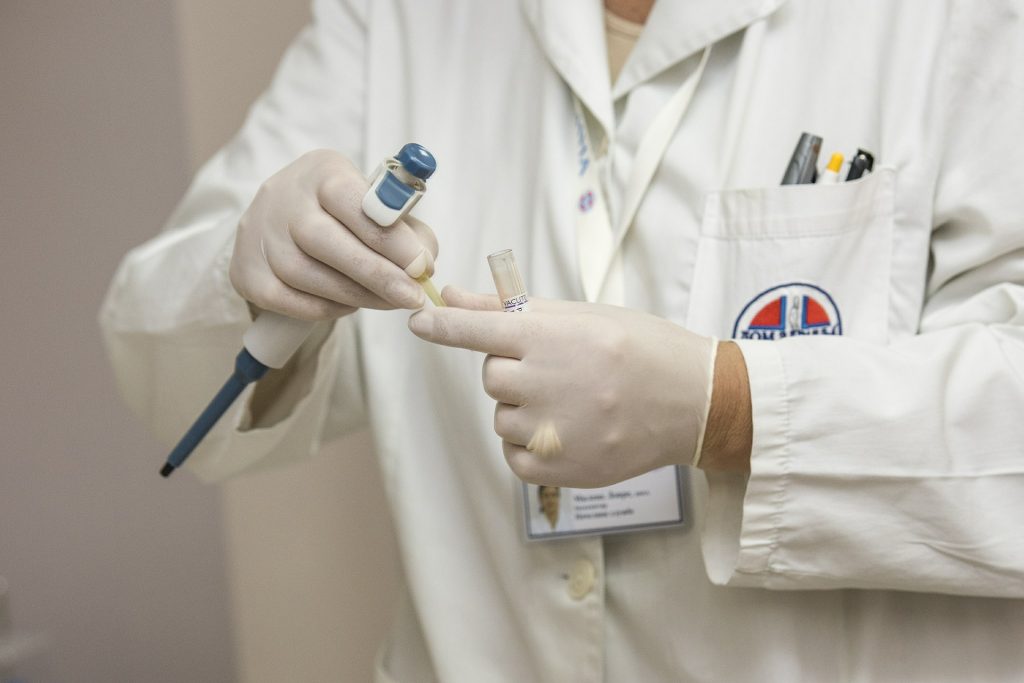I hope you spotted the great news that came in at the end of last month that the most trusted name in the IT commentary world, Gartner, rated us extremely highly in that part of the market known as the VNA.
VNA is not the sexiest term for a technology ever, I’ll grant you – but actually, it’s a really important tool and one that could really help a lot of people.
That’s because the name – it stands for ‘Vendor-Neutral Archive’ – doesn’t really convey what its power or potential actually is. We know – we’ve been marketing some excellent VNA solutions, especially for the NHS market, for a number of years now, and the vagueness of that name has perhaps not been to its help.
Why? Because NHS buyers see the VNA as in, essence, a medical device… it’s a bit of software that is good for storing my medical imaging data, specifically all the PACS and DICOM data that I needed to find a safe and secure home for when the old off-site PACS storage NPfIT contracts came to an end in 2015.
Which it is – a VNA is a fantastic way to store very large data files and access them really easily. But that was never what a VNA was only supposed to do. That’s because, out of the gate, you had this really cool XDS tech built into it – XDS standing for ‘Cross Enterprise Document Sharing’.
Why XDS is so useful is that it is a standards-based way to work with multiple forms of content, of all different types. That means that a VNA isn’t actually just a place to stick big X-ray image files, though please carry on doing so… it’s actually an Enterprise or Document Management System.
Why should I care, I hear you thinking? Well, a VNA might not be a whole lot of use to a manufacturer, a retailer or a financial services CIO.
But if you are
- an NHS CCIO or CIO trying to help colleagues in different departments
- and/or an NHS CCIO or CIO tasked with helping connect records with other stakeholders
- a local authority social care team looking to join up information on vulnerable or elderly patients to help address their complex, cross-team needs
- a GP surgery looking for better ways to document the patient journey
- a CCG committed to more paperless ways of working with patient data
- a policymaker in an NHS England STP (Sustainability and Transformation Project) interested in the power of digital to revolutionise patient care
Well, then – yes – what a VNA can do suddenly becomes absolutely central. How: because it’s the proven, available and tested way to keep all patient data – from notes to prescription charges to medical imagery to social care interactions – in one place.
And from cradle to archiving – across multiple stakeholders.
In that Gartner report, that route of travel has been clearly signaled. The good news is that here at SynApps Solutions, we spotted the potential for this years back, and have accumulated relevant expertise and intelligence on doing just this kind of Super-VNA work (and have some significant trails underway to make a VNA-based Shared Care Record a reality – an in months, not years).
It’s brilliant to see that Gartner has caught up with us – but we’re not boasting, we’re just saying that we are ready whenever you are.
Let’s work together to make VNA do what you and your patients and service users really need it to.


